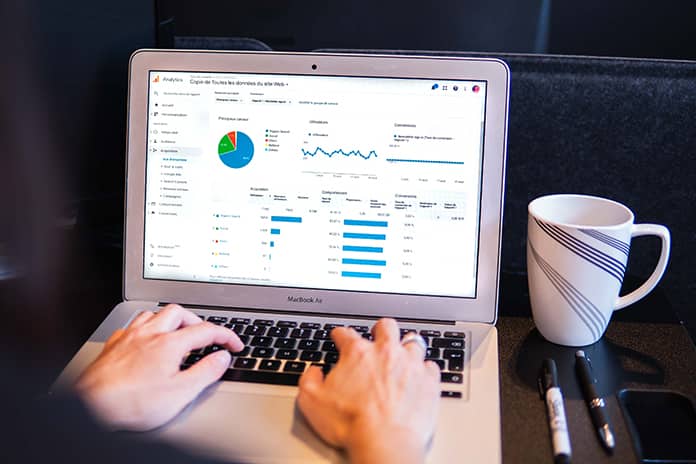A Guide which, in addition to the definition and differences with BI, summarizes the main applications (from web analytics, such as Google Analytics, to preventive maintenance solutions), the characteristics of the Data Lake, and the main technological, methodological, and market trends
For those who love their language, it is often irritating to witness the indiscriminate use of English. Still, it is also true that, especially in the technological field, the English language produces neologisms more quickly than Italian, and above all, these are shared globally. So in some cases, it is essential to use them. Data analytics, whose translation into Italian, as we would do for data analysis, is “data analysis,” is a striking example.
Data analytics has, in fact, an exact translation that is very different from data analysis. In this Guide, in addition to giving a precise definition, we will deepen the differences compared to traditional business intelligence,
The techniques and technologies that distinguish it, such as the application areas and the main problems, from the impact of the GDPR to the lack of skills, obviously without forgetting a look at the Italian market and the leading solutions available.
The Meaning of Analytics?
Analytics is the scientific process of discovering and communicating the meaningful patterns found in the data. In practice, the raw data is transformed into insights (intuitions) useful for making better decisions and is based on a set of sciences, techniques, and technologies ranging from statistics to mathematics, to essential business intelligence technologies, to reporting, to online analytical processing (Olap) and various forms of advanced analytics.
This definition in itself does not say much. For a more precise understanding of analytics’s meaning, it helps to see the difference compared to other disciplines, such as analysis or business intelligence.
Since analytics began to “break away” from traditional data analysis techniques to become a separate discipline, which is the appearance of big data.
Analytics or Analysis?
The difference between these two terms is simple and straightforward: the analysis is focused on understanding the past, what happened; analytics focuses on why it happened and what will happen next.
What are the differences between Analytics and Business Intelligence?
The difference between analytics and business intelligence is more complex.
The main difference between the two lies in the concept of modeling inherent in the first, but this need to develop models would not have arisen if had not consolidated the phenomenon of big data (thanks to the pervasive digitization and the increasing availability of data). This is why analytics – models – big data are three terms inextricably linked to each other.
It is, in fact, the evolution of big data that helps us even more to understand the differences between analytics and business intelligence:
- The business intelligence using descriptive statistics with a high data density of information to measure things, detect trends, etc., that uses limited dataset, clean data, and simple models to find out what happened and why it happened; thanks to business intelligence, ETL techniques have been refined, that is to extract, transform and load data into a data warehouse;
- Analytics using inferential statistics and identification concepts of nonlinear systems to deduce patterns and reveal relationships and dependencies and make the results and behaviors forecasts , using heterogeneous datasets (uncorrelated), raw data and complex predictive models.
Is Business Intelligence outdated?
However, we must not think that business intelligence is an obsolete term and a set of outdated techniques because it is not so; analytics, to be effective, also needs more traditional business intelligence techniques to guarantee the given quality. Data quality is a concept that is always valid: without quality data, there is no analytics or analysis or business intelligence that can be effective. Therefore the concepts of Data Quality and Data Governance are very fundamental.
What are Big Data, and why we talk about Big Data Analytics?
It doesn’t hurt at this point a little review of what big data means. Today it is possible to collect an innumerable amount of data due to the Internet, the Internet of Things, the Industrial Internet of Things, and the spread of the so-called economy app. The produced data is manifold, such as the data of the users of a website, their posts on Facebook, or the use of an app, from objects connected to the network, etc.
Analytics Models
The analytics tools are usually divided into four macro-categories:
- Descriptive Analytics, the set of tools to describe the current and past business processes and functional areas.
- Predictive Analytics, advanced tools that perform data analysis to answer questions related to what could happen in the future; they are characterized by mathematical techniques such as regression, forecasting, predictive models, etc.;
- Prescriptive Analytics, advanced tools that, together with data analysis, can propose operational/strategic solutions to the decision-maker based on the analyzes carried out;
- Automated Analytics, tools able to independently implement the proposed action according to the analysis results carried out.


